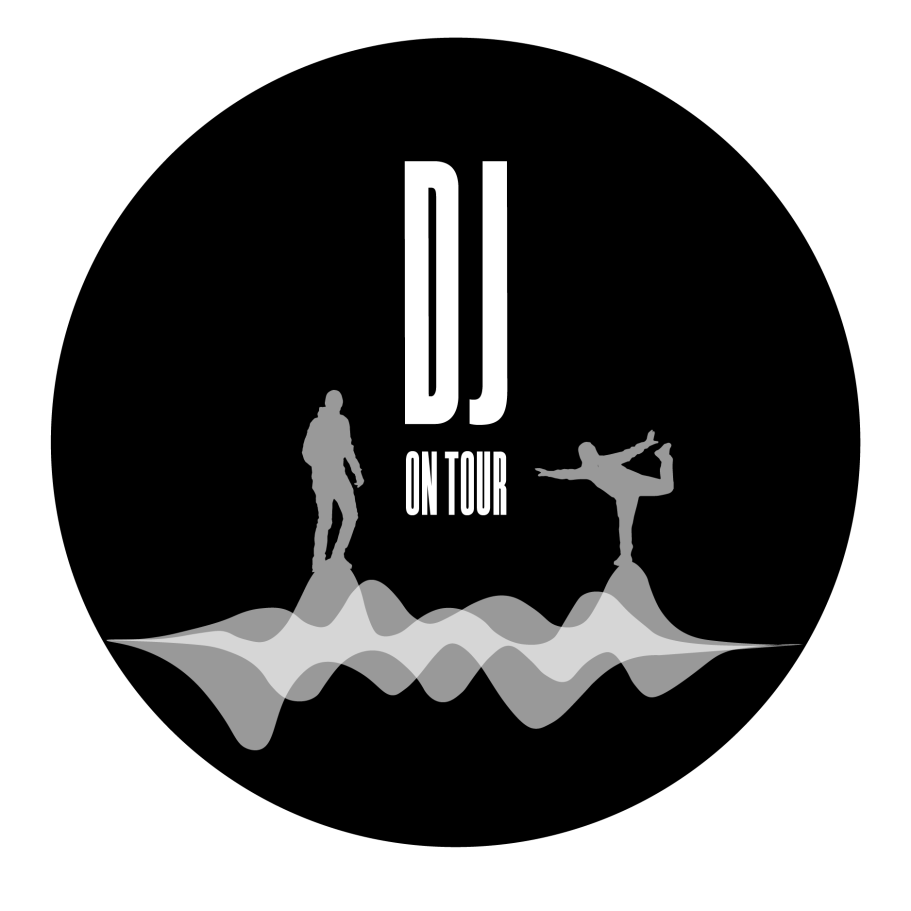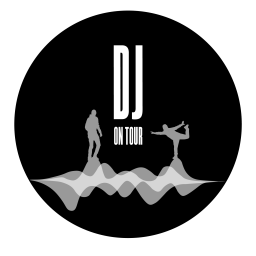Chile diverso – parte 2

***Deutsche Version***
After a long bus ride, we finally reached Santiago de Chile, the capital city with 6.5 million inhabitants. Compared to the small and idyllic town of Pucón, it was loud, hectic, and within a few minutes, we were told several times to take good care of your valuables.
The city has changed a lot in recent years. In particular, the 2019 riots played a central role in this developement. On 25 October 2019, more than 1.2 million people took to the streets to protest against social inequality. By 28 December 2019, 29 people had died, nearly 2,500 were injured, and 2,840 arrested. More than 30 years after the end of the dictatorship under Pinochet, Chile is marked by great poverty and inequality, despite the good economic development since then. Half of the Chilean population earns less than 400,000 pesos monthly (about CHF 425). At the same time, the cost of living is very high. During the protests, countless metro stations were completely destroyed, closed for several months and had to be rebuilt from scratch. Since then, massive steel doors have been installed in front of all shops for protection, and the city centre looked like a fortress to us.
In addition, Chile has had immense illegal immigration from Venezuela, Peru, Haití, Colombia and Bolivia in recent years. Today, more than 1.5 million foreigners live in Chile, with a total population of about 19 million.
The illegal immigrants try to keep their heads above water as street vendors. Therefore, in front of all the regular shops in Santiago, one finds countless street stalls. Something that, according to the Chileans, hardly existed a few years ago. The children of these mostly illegal immigrants are not allowed to go to school and receive no medical care. Therefore it is not surprising that the crime rate has risen sharply in recent years.
This all sounds very negative, and honestly, we don't know how much we would have liked Santiago if we hadn't been lucky enough to explore the city with Lexi, who we know from our time together in the gymnasium. Although we only knew each other briefly beforehand, she took us to an art exhibition of young Chilean artists, to dinner with her friends, to a beer festival with Latin American music that we would never have heard of otherwise, and to the “local mountain” San Cristobal with a view over the entire city.
What we really liked about Santiago was that the city seemed open and tolerant. We encountered countless flashily dressed people, homosexual couples and perfectly styled drag queens. When we had dinner in a restaurant in Lastarria, we could even watch a drag queen show live, including impressive acrobatics. The local people totally freaked out, stood up, cheered and clapped. The atmosphere was terrific.
That same evening we also got to know Michelada and Pichelada, a Chilean drink with beer, lime juice and salt and optional chilli on the rim of the glass. It sounds strange, but it was very refreshing. In general, the choice of drinks in Chile is very diverse, with good wine, delicious lemonades, good cocktails and beer. Unfortunately, this doesn't apply on the food. Often the food tasted very bland to us, consisting of a piece of meat with rice or mashed potatoes without sauce. One of their “signature menus” is the “completo italiano”—a hot dog with avocado, tomatoes and mayonnaise. What this has in common with Italian food apart from the national colours we could not tell. Also a popular dish is Chorrillana, chips with various pieces of meat, onions and garnished with a fried egg on top.
People in Chile also love sweets. A dessert (“postre”) is part of every lunch menu. It is often a pudding with lots of gelatine and sugar. Instead of dinner, they often treat themselves to an oversized piece of cake or pie. You also see people of all ages walking around with a lollipop in their mouths. Because Chileans love sweets more than anything else you also find sweetener instead of sugar in every takeaway and whole shelves of different types of sweetener in the supermarket. We interpreted this as an action of the state, since Chile has the third highest diabetes rate in the world.
Price-wise, the food was costly, especially compared to Argentina. So you can imagine that we often cooked ourselves. When we went out to eat, it was essential to have a quick read of the reviews of each restaurant. As mentioned, while Chilean food tasted rather bland and boring to us, it was a treat for Chileans. As we all know, tastes are different. We could always rely on the French tourists, who are generally very strict and critical in their comments. As luck would have it, we lived in a district in Santiago with countless Asian and international restaurants. During the four days, we filled our bellies with Japanese, Thai, Indian but also Hawaiian food.

After Santiago, we continued our journey to the vibrant student city of Valparaiso on the Pacific coast, or Valpo, as the locals call it. With relatively high expectations based on the stories of other fellow travellers, our first impression was very sobering—very chaotic, bad smells and dirty. We wanted to revise this first impression and went to see the city on our own and then on a guided tour. Particularly impressive were certain houses built into the steep hillsides and the incredible variety of street paintings found everywhere in the city. Unfortunately, part of the first impression still remained. Only five of the 20 city lifts to the surrounding hills were working. Although some quarters are UNESCO World Heritage Sites, it was dirty and, in parts, completely falling apart because no one can afford to restore the buildings according to UNESCO requirements. The city spreads a charm of bygone times of prosperity. Also, some paintings have been sprayed with graffiti, an extreme pity for the valuable art contributions.
Nevertheless, we enjoyed our time in Valpo, the spectacular views from the various hills and the time to plan the following days of our trip. Our primary next destination was San Pedro in the Atacama Desert. To avoid driving more than 20 hours by bus, we stopped in La Serena.


La Serena is a town directly on the Pacific Ocean and the starting point for excursions to the Pisco Elqui Valley, whale and penguin watching and various observatories. We decided to take a tour of the pisco production as well as stargazing. We were lucky and had our own English-speaking guide for our astronomy tour. He showed us various planets, stars and countless constellations, all upside down as we were in the southern hemisphere. The latter is logical if you think about it, but we were not aware of this up to that point.
Afterwards, we went to San Pedro de Atacama, a small oasis in the driest desert in the world. Many tourists go there to visit the Moon Valley, red rock formations, the Tatio Geysers and many other attractions. The place was much greener and livelier than we would have expected from a desert, as the surrounding mountains supply the desert with water. We were able to see various animals on our tours, such as Vicuñas, which are small relatives of alpacas, suris, small ostriches, viscachas, mountain hares with a kangaroo tail, desert foxes, flamingos and many more species of birds.
We went on countless excursions in San Pedro de Atacama. We found the “Piedras Rojas” and the “Los Flamengos National Reserve” particularly impressive, as well as the spectacular “Tatio Geysers” at minus 15 degrees Celsius at an altitude of over 4300 m.


In addition to the very popular excursions, we also went on a hike to a green canyon fed by warm water. This was also one of our personal highlights, as we could enjoy nature there almost to ourselves.
However, the Atacama Desert is not only home to incredible natural spectacles but, unfortunately, also to the fast-fashion cemetery of our planet. Although we didn't see the cemetery, we looked closer at the subject. What initially had a very positive effect on the standard of living for the people around Iquique has turned into an immense problem. You can find an interesting article here for those who want to learn more about this topic.
After memorable experiences, impressions and significant differences in altitude and temperature, it was time to say goodbye to the incredibly diverse country of Chile.
Editorial note from Dominik: As most of you probably know, Jana keeps all her receipts and documents so that we can always prove what we have bought. These slips are also photographed when we receive them, so we can be sure of everything. When you enter Chile, you also receive one of these receipts, which at first glance seems unimportant.
When we were looking for information about the Uyuni tour and were therefore in contact with some people, it was pointed out to us that we would need this PDI document, as it is called, for the exit of the country. Well, Jana could have shown you the photographed receipt for the lollipops, the ticket for our bus etc., but not the PDI, which she had lost immediately on the first day when entering Chile. As it was already the weekend and all digital offices in Chile were closed, panic briefly broke out about whether we could leave Chile as planned. Fortunately, a migration office in San Pedro was also open on Saturday, and we could continue our journey with much relief.


At 3 o'clock in the morning, we left for Bolivia. Already on the bus, it was clear that the standard would no longer be the same. 20 minutes before our destination Uyuni, our bus suddenly stopped. We didn't understand what was going on for a long time until the bus driver said that he couldn't continue because of a road blockage. With all our luggage, we had to cross the 2 km long roadblock on foot and wait for a new bus on the other side. This was to be the start of an odyssey of bus rides in Bolivia.
But not only arduous bus rides await us, but also some of the greatest wonders of our nature, open and curious people, significant physical challenges, and some culture shocks. If we had to describe our time in Bolivia with a few adjectives, they would be: beautiful, impressive, challenging, shocking and just plain crazy. So look forward to our next blog post.

To live up to our name DJ on Tour, here is a song that accompanied us during this time. When you listen to the song, imagine you are driving through the endless expanses of the desert.
Gallery
Wir benötigen Ihre Zustimmung zum Laden der Übersetzungen
Wir nutzen einen Drittanbieter-Service, um den Inhalt der Website zu übersetzen, der möglicherweise Daten über Ihre Aktivitäten sammelt. Bitte überprüfen Sie die Details in der Datenschutzerklärung und akzeptieren Sie den Dienst, um die Übersetzungen zu sehen.



















